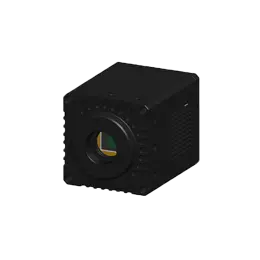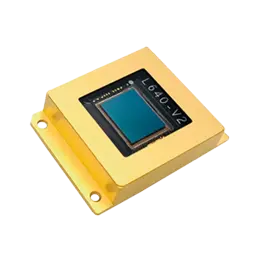InGaAs (Indium Gallium Arsenide) sensors have gained significant attention in the field of photonics due to their unique properties and numerous advantages. These sensors offer unparalleled performance in a wide range of photonic applications, making them a preferred choice for researchers and engineers. In this article, we will explore the advantages of InGaAs sensors and understand why they are instrumental in advancing photonic technologies.
One of the key advantages of InGaAs sensors is their exceptional sensitivity in the near-infrared (NIR) range. Unlike conventional silicon-based sensors, InGaAs sensors can detect light with wavelengths beyond the visible spectrum, opening up new opportunities in imaging, spectroscopy, and telecommunications. We will delve into the significance of this extended sensitivity and its impact on various photonic applications.
InGaAs sensors exhibit high quantum efficiency, meaning they efficiently convert incident photons into electrical signals. This characteristic is especially beneficial in low-light conditions, where every photon counts. Additionally, InGaAs sensors have low dark current, minimizing the unwanted noise in measurements and enabling accurate detection of weak signals. We will explore how these properties contribute to improved signal-to-noise ratios and enhanced performance in photonic applications.
InGaAs sensors possess a wide bandgap, allowing them to detect light at longer wavelengths with precision. This capability is particularly valuable in applications such as fiber optic communications, where the transmission and detection of signals in the NIR range are critical. We will discuss the advantages of InGaAs sensors in terms of signal integrity, data rates, and the ability to overcome transmission losses.
InGaAs sensors find extensive use in a variety of photonic applications. This section will explore their versatility and highlight specific use cases in areas such as telecommunications, scientific research, environmental monitoring, and defense. By understanding the wide range of applications where InGaAs sensors excel, readers can gain insights into the transformative impact they have on different industries.
The field of InGaAs sensors is continually evolving, with ongoing research and advancements aimed at improving their performance and expanding their capabilities. This section will explore the latest developments, such as enhanced pixel designs, integration with complementary technologies, and the quest for higher resolutions and faster response times. We will also discuss the future directions of InGaAs sensors and the potential they hold for pushing the boundaries of photonic applications.
InGaAs sensors offer numerous advantages that make them indispensable in photonic applications. Their extended sensitivity, high quantum efficiency, low dark current, and wide bandgap provide researchers and engineers with powerful tools to tackle the challenges of photonics. By understanding and harnessing the advantages of InGaAs sensors, we can unlock new frontiers in imaging, communication, sensing, and beyond, paving the way for exciting advancements in the world of photonics.



